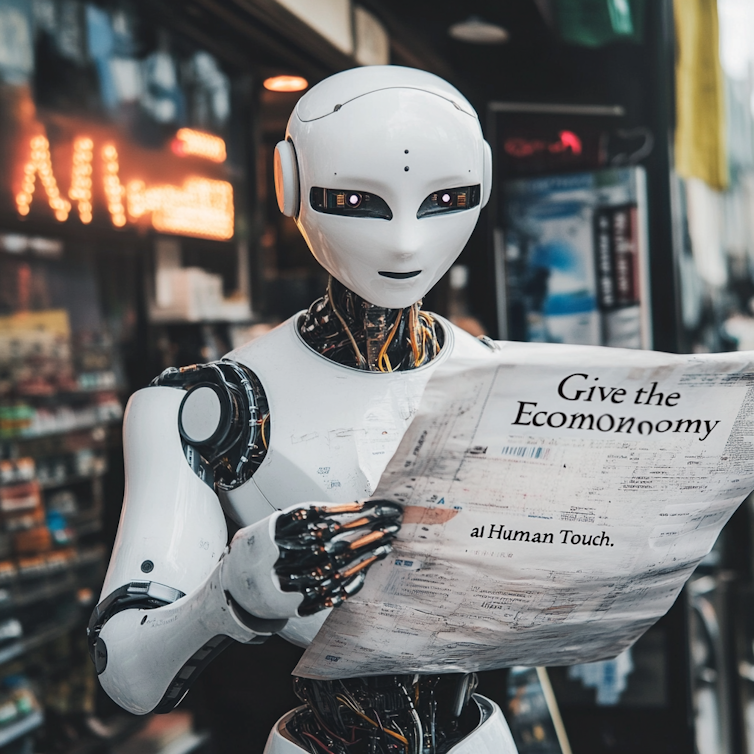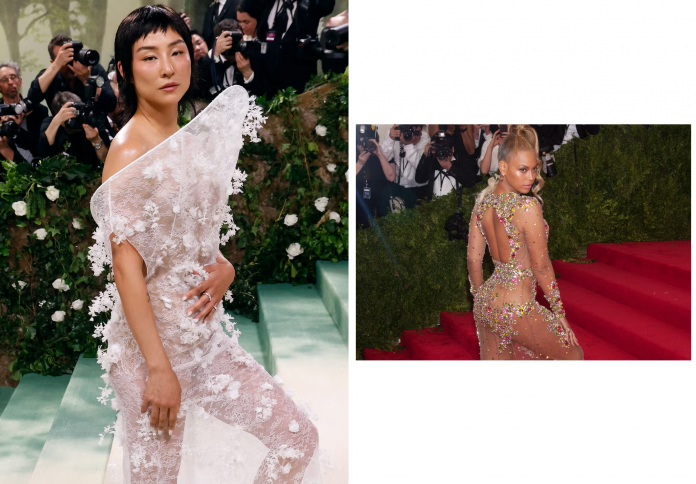Generative artificial intelligence (AI) is rapidly changing the fundamental ways we create and consume information, disrupting long-held assumptions about the authenticity of both text and images. The core argument is that while education traditionally focuses on writing literacy, the age of AI-generated content—particularly photorealistic visuals—demands that we now prioritize visual literacy and multimodal literacies. This shift is essential for equipping young people with the critical thinking skills needed to navigate a world where machine-created content can appear to be a mirror of reality, even when depicting events or things that never existed.
AI’s Disruption of Image Authenticity
Generative AI is transforming visual communication by making it simple to create, edit, and present photorealistic images from simple text prompts. Historically, a photograph was largely viewed as a record of reality. Now, AI-generated images, which can be highly convincing, have amplified the constructed nature of all visuals, disrupting the assumption of authenticity. These AI outputs can feature hyper-realistic details while being entirely synthetic, raising profound questions about what we are seeing and how we determine what is real.

This development highlights an urgent need for education to move beyond conventional notions of literacy. The focus must shift to multimodal literacies—knowledge and skills that encompass the interplay between writing, visuals, and other forms. This equips users to not only create content but to critically assess outputs that blend different media.
The New Literacies of AI Generation
The process of generating an image with AI requires a new set of critical skills that must be taught. The first key literacy is understanding which AI system to use, as different platforms have different capabilities, costs, and ethical guidelines. The next involves prompt engineering—the understanding that a system’s output is heavily influenced by the specificity of the user’s input.
Minimalistic prompts often cause the AI to rely on its training data, resulting in a stereotypical representation. To achieve a result that aligns with human values and intent, users must apply multimodal literacies to formulate detailed, precise prompts that cut across both written and visual concepts. Educators need to emphasize that working with AI is an iterative process that requires human intentionality to shape the machine’s outcome.
The Ethical and Cultural Gaps in AI Visuals
Beyond the technical skills, visual literacy in the age of AI requires a strong ethical and cultural grounding. Many AI systems are trained on vast, general datasets, which can result in generated images that lack specific cultural context. While this allows the images to be widely deployable, it can also decrease their emotional appeal and engagement, as audiences may perceive them as inauthentic or culturally generic.
Furthermore, AI still struggles with certain tasks, such as accurately rendering human hands or text within an image. Recognizing these “machine flaws” is a critical part of visual evaluation. If a specific cultural context or accurate text is needed, a person with visual literacy knows to use the AI tool selectively and then refine the output using other software, such as Adobe or Canva, ensuring the final visual story carries human, rather than machine, values.
Building Critical Thinking from the Start
To start building these essential AI and visual literacies, educators are advised to encourage students to approach generative AI with a blend of curiosity and critical thinking. This process can begin with a few simple, guiding questions that empower students to make informed decisions about content creation:
- What do I want my audience to see or understand?
- Should I use AI for creating this content, or is a human-created method better suited?
- What is the AI tool producing, and how can I shape the outcome to better reflect my vision?
By focusing on these questions and on the ability to adapt, evaluate, and co-create with evolving technology, education can move beyond simply teaching students to write. It can provide them with the foundational knowledge and critical evaluation skills required to lead and thrive in a visually saturated, AI-driven future.










